Equipment
2013 TaylorMade RocketBladez Tech Specs & Video
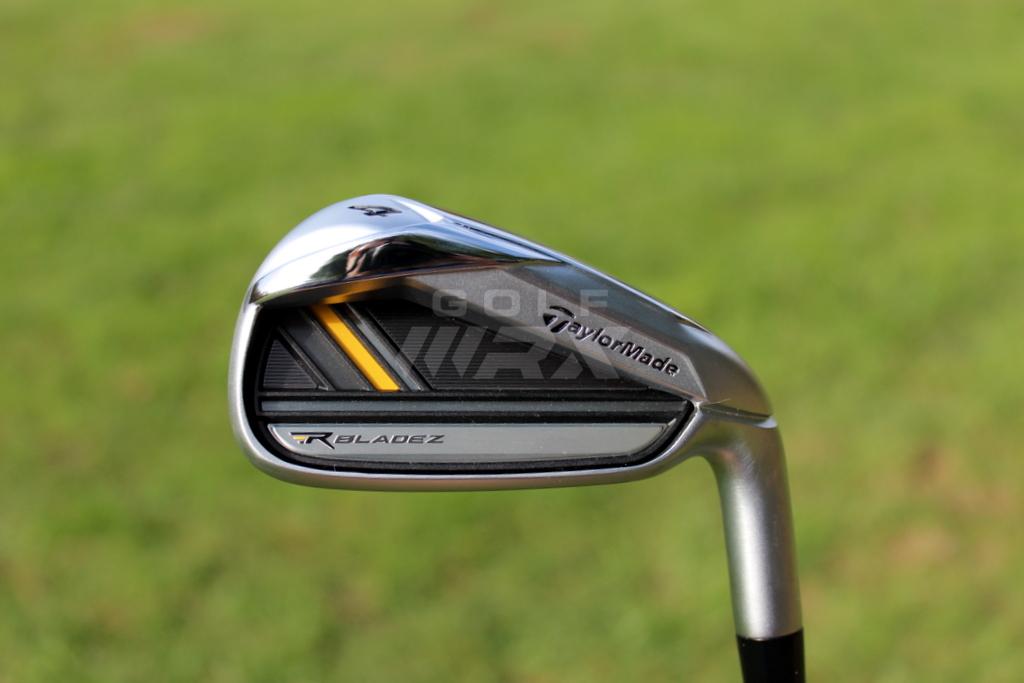
The best part of TaylorMade’s RocketBladez irons isn’t the long distances that they fly, according to TaylorMade engineers. It’s the consistent distance that the irons fly on mishits.
TaylorMade has made long-flying irons in the past, one of their most popular being the two-year-old Burner 2.0 irons. But those and other “game-improvement” irons haven’t been popular with better players because they tend to cause problems with distance control. Irons such as the Burner 2.0s have what’s called a hotspot, a place above the center of the clubface that when struck with clean contact causes shots to fly longer-than-anticipated distances. This is bad because unlike drivers, skilled golfers aren’t trying to hit their irons as far as possible. They’re trying to hit them a controlled distance.
[youtube id=”QpmrytE3gLI” width=”600″ height=”350″]
Click here for more discussion in the “Tour/Pre-release equipment” forum.
Bret Wahl, TaylorMade’s vice president of R&D for irons, said that he and his team have spent the last five years designing irons with a higher coefficient of restitution, or COR. A high COR is achieved by making clubfaces thinner, increasing the spring-like effect and making the ball fly farther. But even though engineers were able to increase speed on shots hit on the center of the clubface, they struggled to add a similar amount of speed to mishits, especially shots hit on the stiff, lower portion of the face that is attached to the leading edge of the club.
The performance of the lower portion of the clubface is important for golfers because according to a TaylorMade study 72 percent of shots are struck below the center of the clubface. That means that almost three-quarters of all golf shots are not hit with optimal speed.
Last year, TaylorMade released its RocketBallz fairway woods and hybrids, the first of the company’s clubs to include its “Speed Pocket,” a slot on the bottom of the sole near the leading edge that increased COR. This added speed and forgiveness to the clubface, especially on shots struck below the center where the Speed Pocket functioned to make the lower portion of the clubface more flexible.
RocketBladez bring Speed Pocket technology to irons, and like the RocketBallz fairway woods and hybrids before them, the company is promising more speed and forgiveness. How much speed and forgiveness a golfer will get, however, depends on which model of RocketBladez irons they choose.
RocketBladez Tour Irons
 TaylorMade’s two most popular irons on the PGA Tour are the company’s Forged MB and CB models, thick-faced irons that provide slow speeds on center strikes. But even though they lack the speed of distance irons on shots hit on the center of the face, the MBs and CBs are more consistent than other models on slight mishits and have no hotspots.
TaylorMade’s two most popular irons on the PGA Tour are the company’s Forged MB and CB models, thick-faced irons that provide slow speeds on center strikes. But even though they lack the speed of distance irons on shots hit on the center of the face, the MBs and CBs are more consistent than other models on slight mishits and have no hotspots.
According to Gary Gallagher, market manager for metal woods for TaylorMade, there was no desire on Tour for substantially longer-flying irons. That’s why instead of giving RocketBladez Tour irons the “full steroid” treatment that designers gave the non-Tour RocketBladez, engineers held back, only adding “a quarter of a steroid” to their ingredient list.
The RocketBladez Tour irons were designed to mimic the aesthetics of the Forged CBs. They have thin soles, a small amount of offset and similar blade lengths and toplines. But the Speed Pocket in the sole increases the COR to 0.819, adding at least 1 mph of ball speed to center strikes and making the sweetspot of the RocketBladez Tour five times larger than the Forged CBs (note: TaylorMade defines the sweetspot as the area of the clubface where there is less than a 1 mph drop off in speed).
Like the RocketBallz fairway woods and hybrids, the Speed Pocket increases ball speed as well as launch angle, which gives Tour players two options with RocketBladez Tour irons. They can:
- Hit the RocketBladez Tour irons higher and a little further than their current irons (the current average off added distance according to Gallagher is 8 yards).
- Bend the lofts stronger, giving them an iron that flies as high as their current model but goes substantially further.
The RocketBladez Tour 3 iron through 7 iron are cast from 17-4 stainless steel, which adds the necessary stiffness for construction. To make the irons feel softer, the Speed Pocket is filled with a special polyurethane developed by 3M that still allows the pocket to flex and reduces vibrations. It also limits debris that could enter the pocket.
The Speed Pocket is not used in the 8 iron, 9 iron, pitching wedge and “attack wedge,” however, because Gallagher said the speed pocket becomes less active and thus less important as loft is added to the club. Since the short irons are slotless, they can be cast from a softer material, 431 stainless steel. The distance gap between the 7 iron and 8 iron is bridged gradually by varying the different variables of the irons — mainly loft, face thickness and the depth of the speed pocket throughout the set.
RocketBladez Irons
Click here for more photos of the RocketBladez irons
The RocketBladez (non-Tour) irons lose the wacky geometry of last year’s RBZ irons in favor of a more traditional game-improvement iron shape, resembling the Burner 2.0 irons at address. They have the same COR as the Tours, but they have thicker soles, thicker top lines, more offset and a longer blade profile to support a deeper center of gravity (CG) position. This makes makes them more longer and more forgiving than the Tours and 5 mph faster than the Burner 2.0s, which accounts for double-digit distance gains.
Like the Tours, the RocketBladez employ a slot in the 3 through 7 irons and no slot on the 8 iron, 9 iron, pitching wedge and A-wedge. They are also available in a 55-degree sand wedge and 60-degree lob wedge that use TaylorMade’s ATV sole grind. Take a look at the specs below for more information.
Click here for more discussion in the “Tour/Pre-release equipment” forum.
Equipment
BK’s Breakdowns: Cameron Young’s winning WITB, 2025 Wyndham Championship

Cameron Young’s WITB from his win at the 2025 Wyndham Championship. Cameron is a Titleist staff player but his bag is definitely filled with some unique clubs. Here are the clubs he used to secure his first PGA Tour win!
Driver: Titleist GT2 (9 degrees, A1 SureFit setting)
Shaft: Mitsubishi Tensei 1K Pro Orange 70 TX
3-wood: Titleist GT3 (15 degrees)
Shaft: Mitsubishi Tensei 1K White 80 TX
Hybrid: Titleist GT2 (21 degrees)
Shaft: Fujikura Ventus HB Black VeloCore+ 10 X
Irons: Titleist T200 (4), Titleist T100 (5), Titleist 631.CY Prototype (6-9)
Shafts: True Temper Dynamic Gold X7 (4-9)
Wedges: Titleist Vokey Design SM10 (48-10F, 52-12F, 56-14F @57), WedgeWorks (60-K* @62)
Shafts: True Temper Dynamic Gold X7
Putter: Scotty Cameron Phantom 9.5 Tour Prototype
Grips: Golf Pride Tour Velvet Cord
Ball: Titleist Pro V1x Prototype
Whats in the Bag
Peter Malnati WITB 2025 (August)
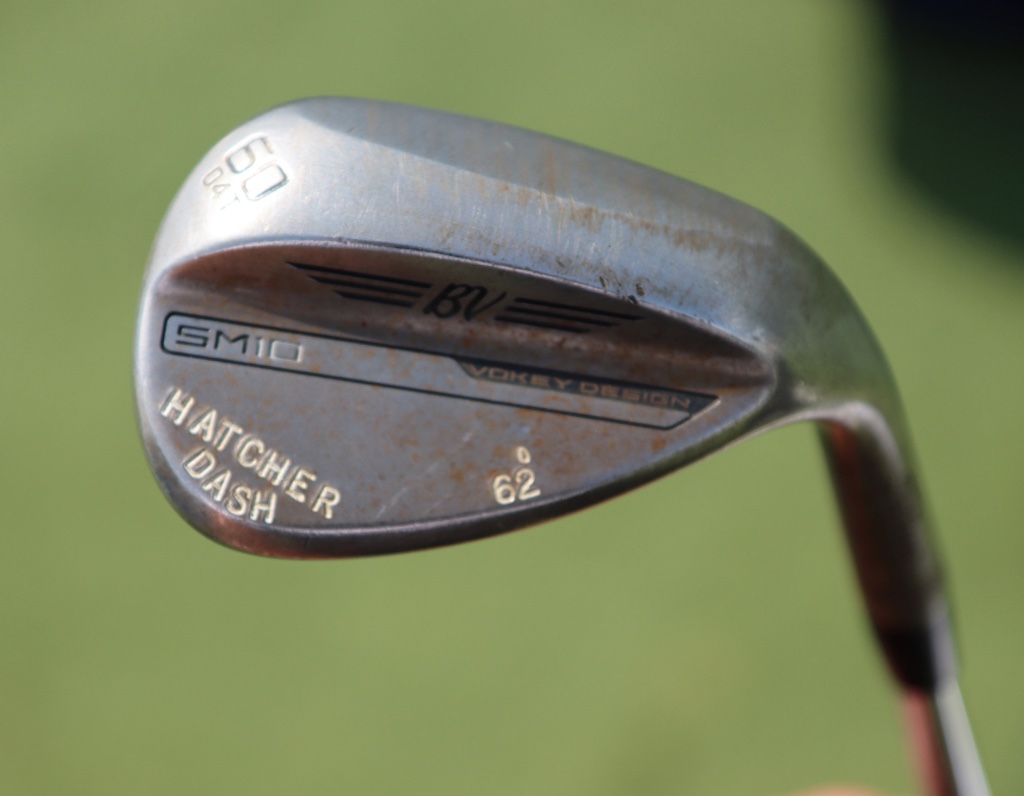
- Peter Malnati what’s in the bag accurate as of the Wyndham Championship. More photos from the event here.
Driver: Titleist GT3 (10 degrees, C2 SureFit setting)
Shaft: Project X Denali Blue 60 TX
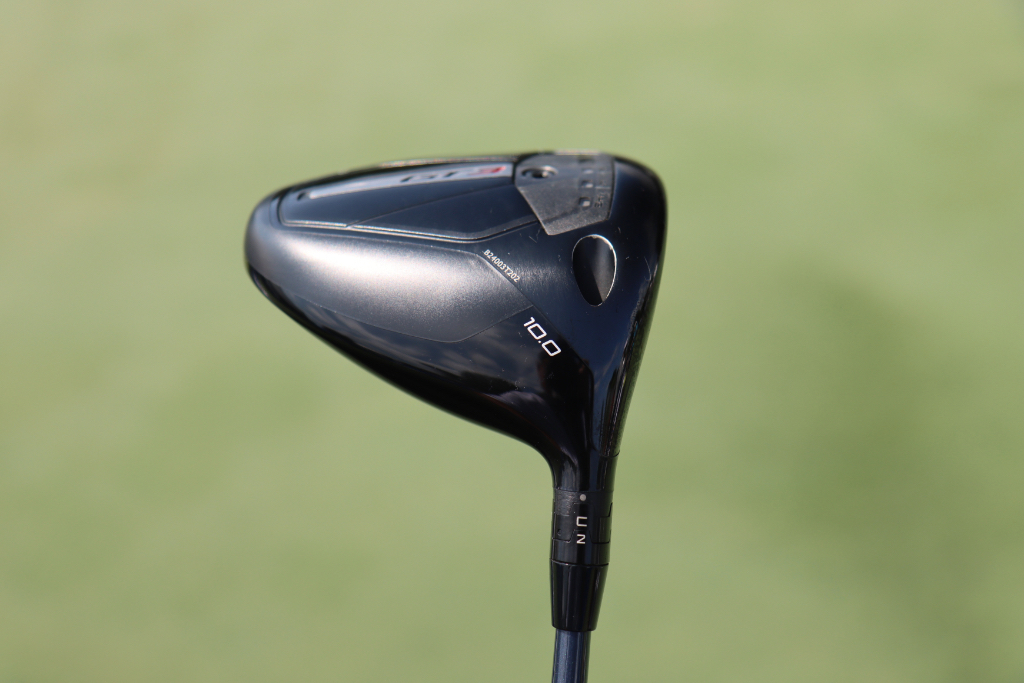

3-wood: Titleist GT3 (15 degrees, A1 SureFit setting)
Shaft: Fujikura Ventus TR Blue 7 X
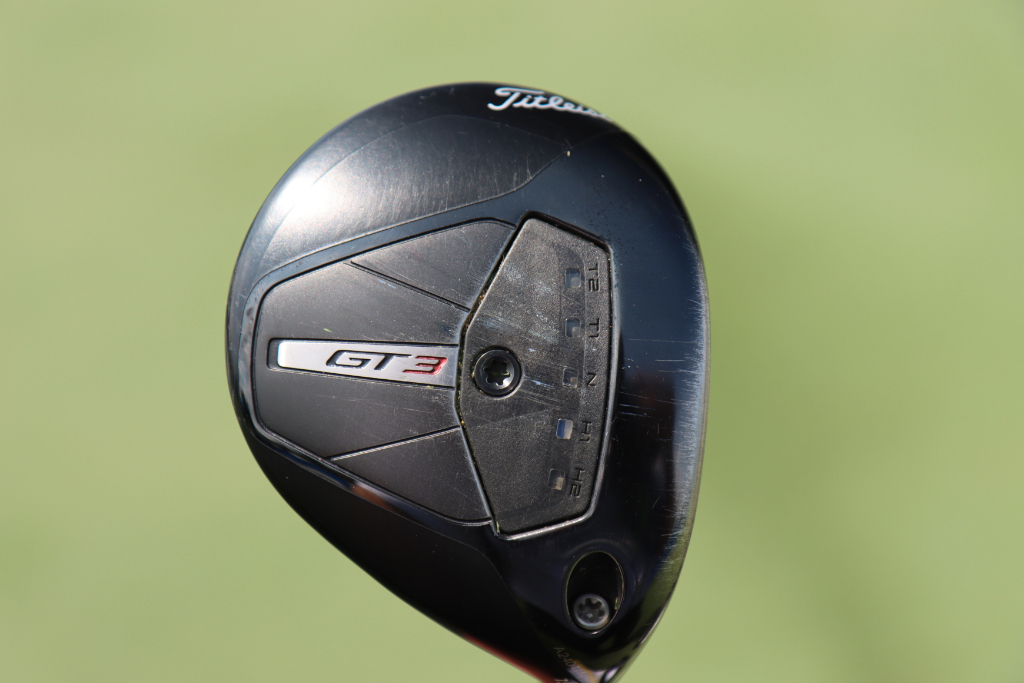
7-wood: Titleist GT2 (21 degrees, D1 SureFit setting)
Shaft: Fujikura Ventus TR Blue 8 X
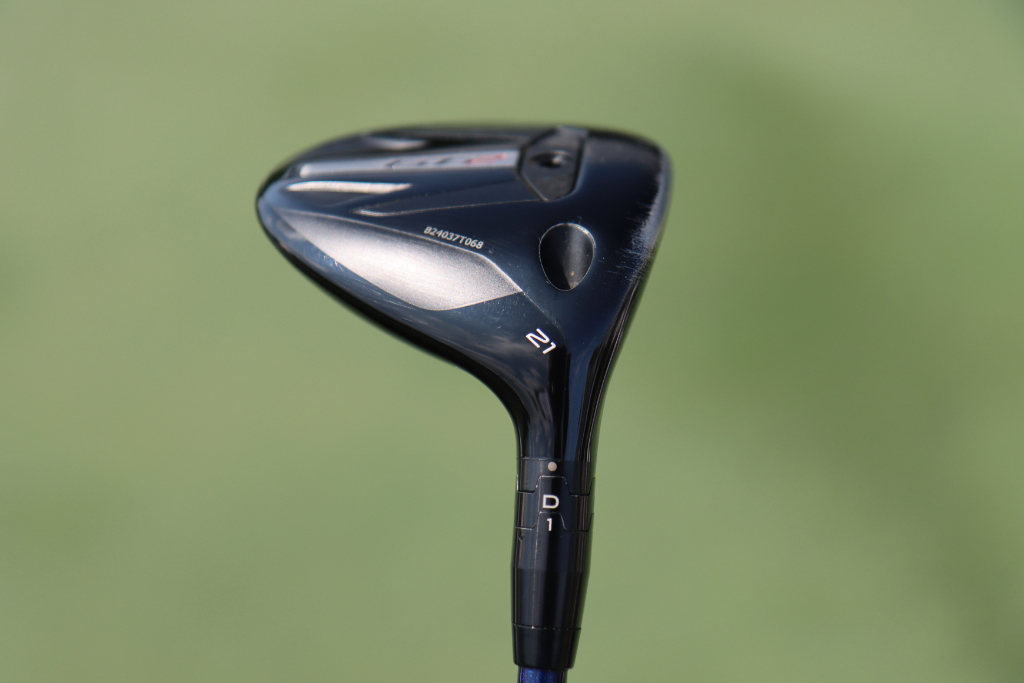
Irons: Titleist T150 (4, 5), Titleist T100 (6-9)
Shafts: True Temper AMT Tour White X100
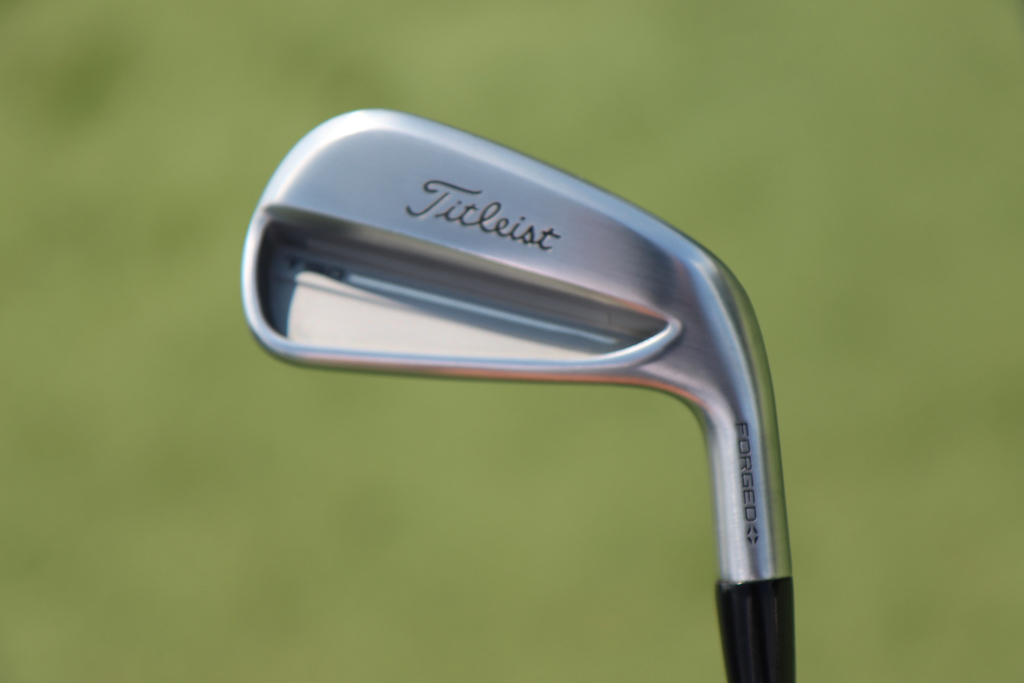
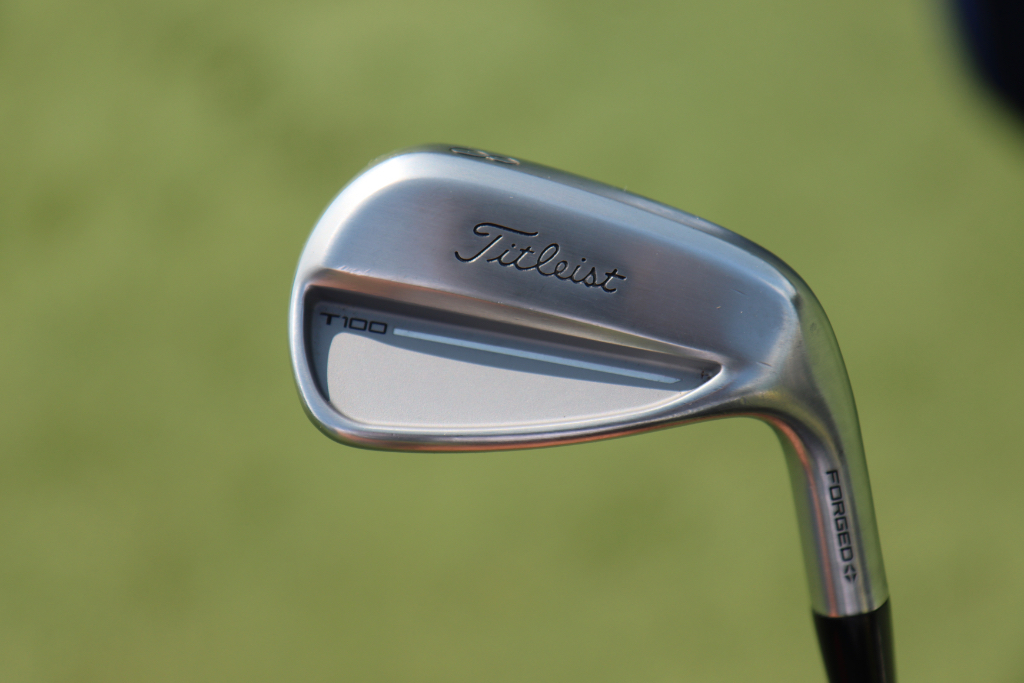
Wedges: Titleist Vokey Design SM10 (48-10F @47, 52-12F, 56-08M @57, 60-04T @62)
Shafts: True Temper Dynamic Gold Tour Issue S400
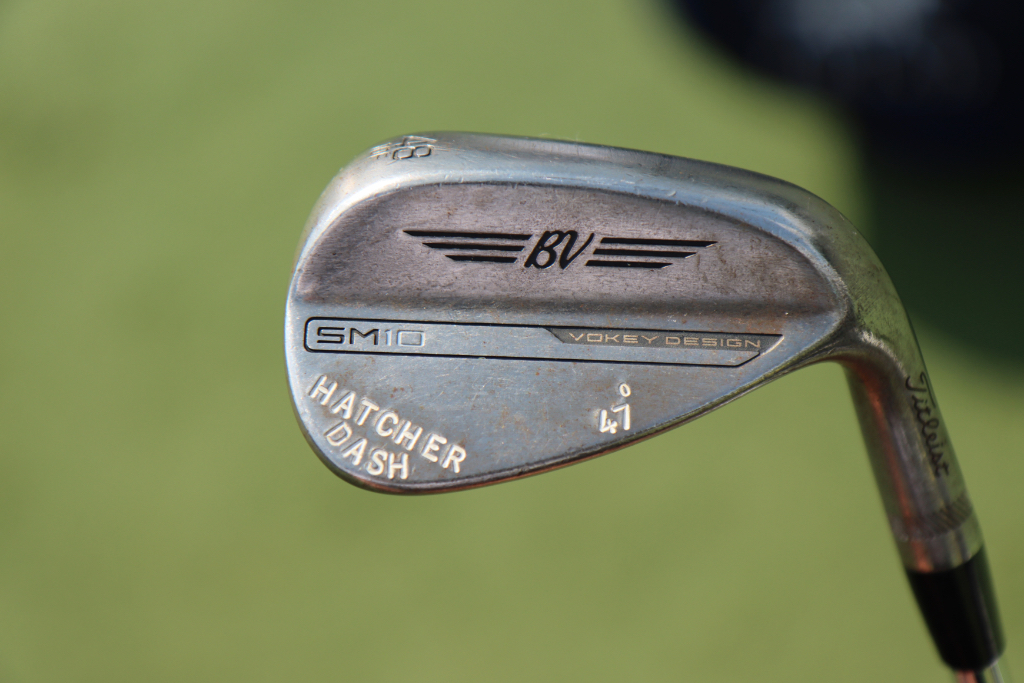
Putter: Scotty Cameron Studio Style Fastback 1.5 Tour Prototype
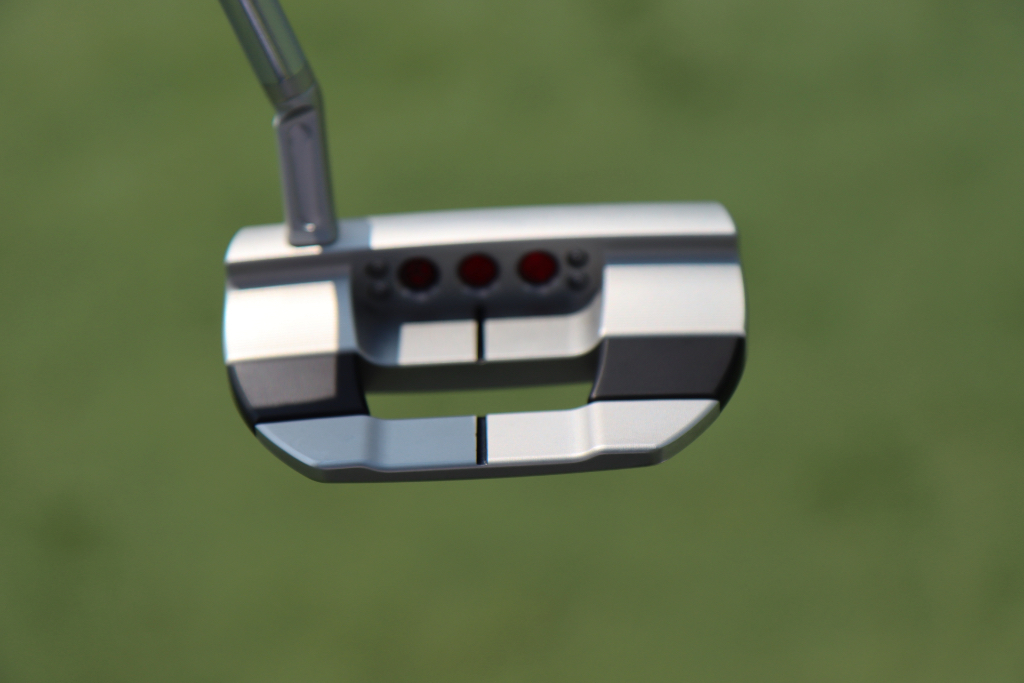
Grips: Golf Pride Tour Velvet
Ball: Titleist Pro V1x Yellow
Equipment
GolfWRX Members Choice presented by 2nd Swing: Best driver of 2025
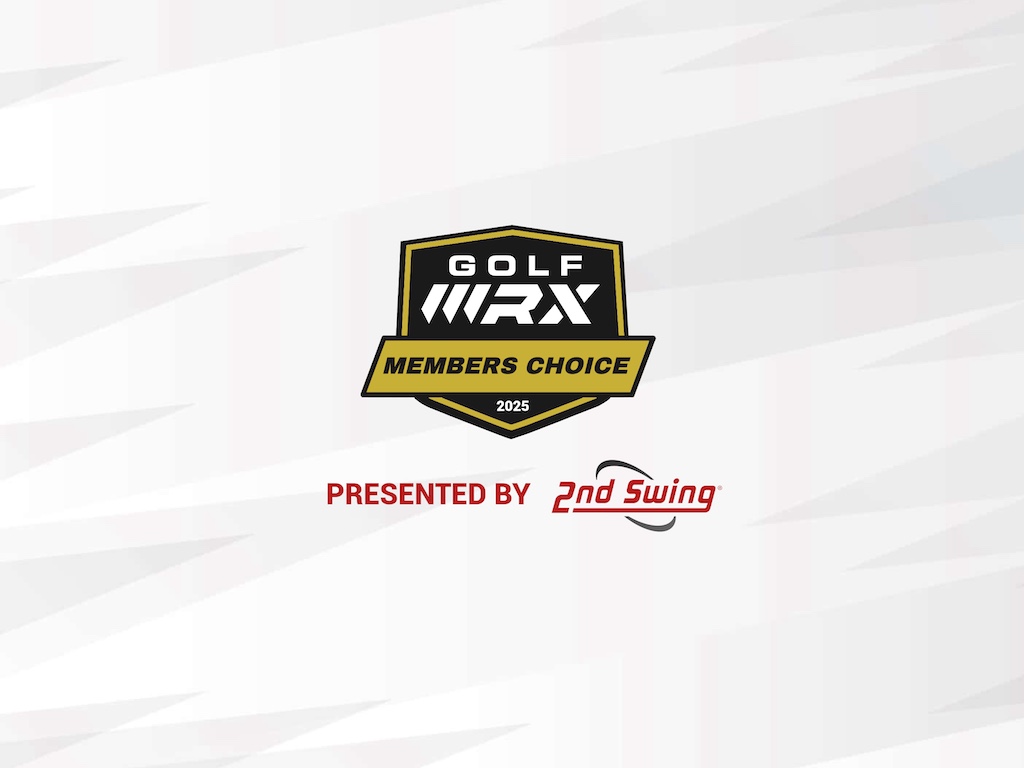
We’re proud to once again partner with 2nd Swing Golf to bring you GolfWRX Members Choice 2025! 2nd Swing has more than 150,000 new and pre-swung golf clubs available in six store locations and online. Check them out here.

What is the best driver in 2025? At GolfWRX, we take great pride in our online community and the cumulative knowledge and experience of our members. When it comes to the best driver of 2025, we want to know what our forum faithful think.
Since our founding in 2005, the bedrock of GolfWRX.com has been the community of passionate and knowledgeable golfers in our forums, and we put endless trust in the opinions of our GolfWRX members — the most knowledgeable community of golfers on the internet. No other group of golfers in the world tests golf clubs as frequently or as extensively, nor is armed with such in-depth information about the latest technology.
Below are the results of GolfWRX member voting for the 2025 best driver, along with the vote percentage for each club.
Best driver of 2025: The top 5
5. Callaway Elyte Triple Diamond: 6.02%
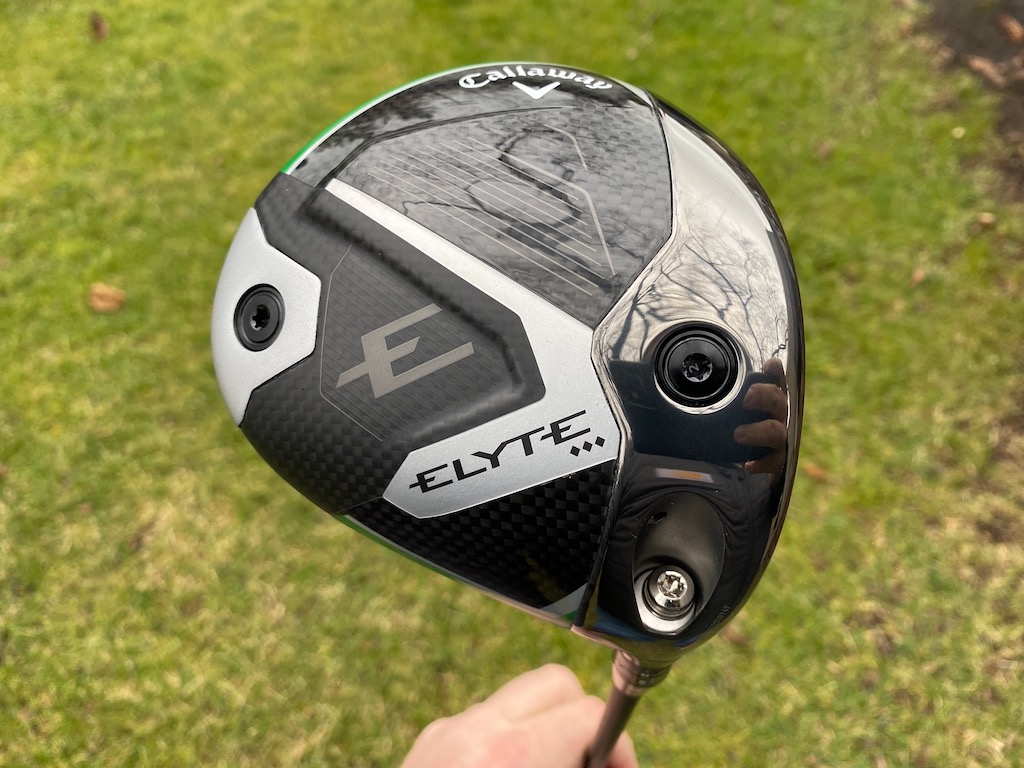
Callaway’s pitch: “For golfers looking for a fast, forgiving, yet workable driver, the Elyte Triple Diamond features a tour-inspired shape and is the preferred model by most Callaway tour players.”
You can read what other golfers are saying about the driver in the GolfWRX forums, and see our launch piece here. Shop the Callaway Elyte Triple Diamond here.
4. Ping G440 Max: 6.86%
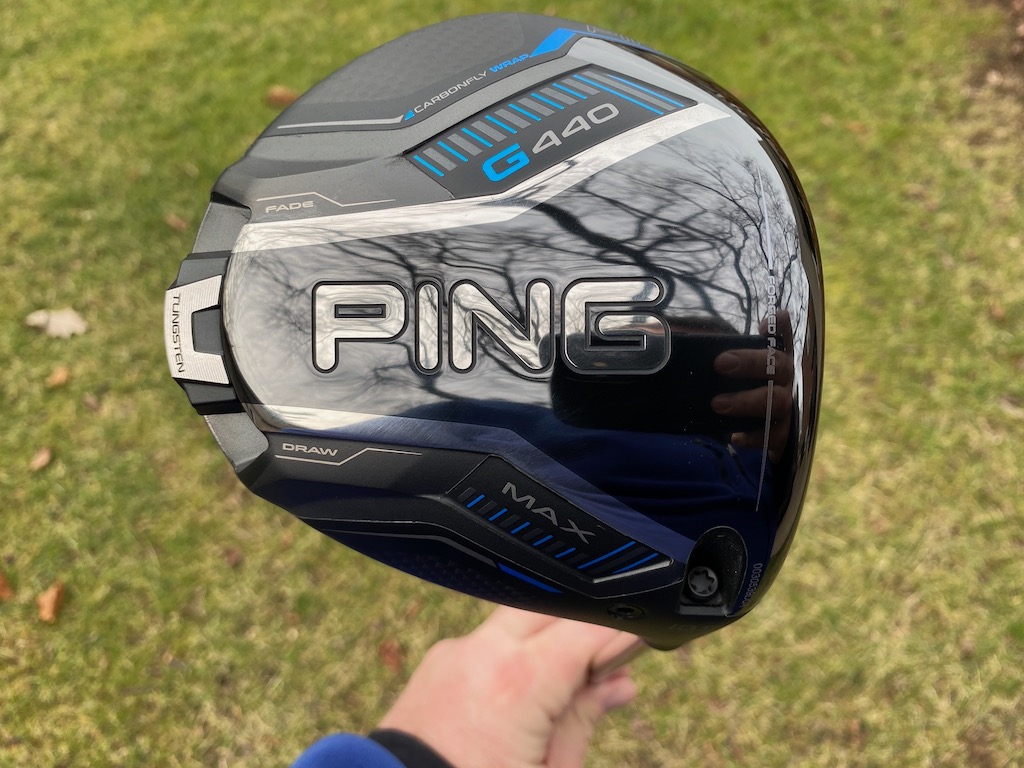
Ping’s pitch: “The most forgiving G440 model, MAX has a hotter face to generate speed and distance, and a lighter overall system weight with a longer shaft (46″) for faster clubhead speed, higher launch and longer carries. The Free Hosel and Carbonfly Wrap crown save weight to create our lowest CG ever and increase forgiveness while contributing to a more muted, pleasing sound.”
You can read what other golfers are saying about the driver in the GolfWRX forums, and see our launch piece here. Shop the Ping G440 Max here.
3. Ping G440 LST: 9.53%
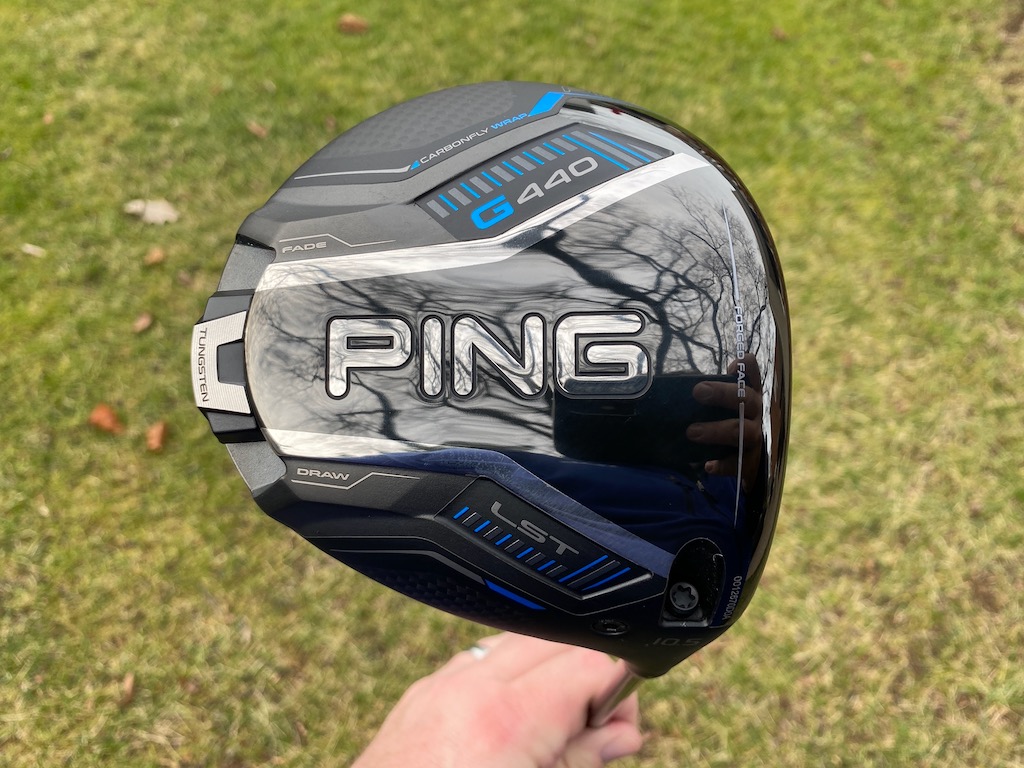
Ping’s pitch: “LST is an especially good fit for faster swings, offering less spin and more control with a penetrating trajectory. A hotter face, lighter overall system weight and longer shaft (46″) deliver more speed and distance while maintaining tight dispersion.”
@phizzy30: “Not a fan of Ping drivers in general, but 440 LST takes the cake. It’s super forgiving across the face for a low spin head, looks and sounds good and the ability to make it play neutral or slightly fade biased through the hosel settings is very appealing.”
You can read what other golfers are saying about the driver in the GolfWRX forums, and see our launch piece here. Shop the Ping G440 LST here.
2. Titleist GT3: 16.55%
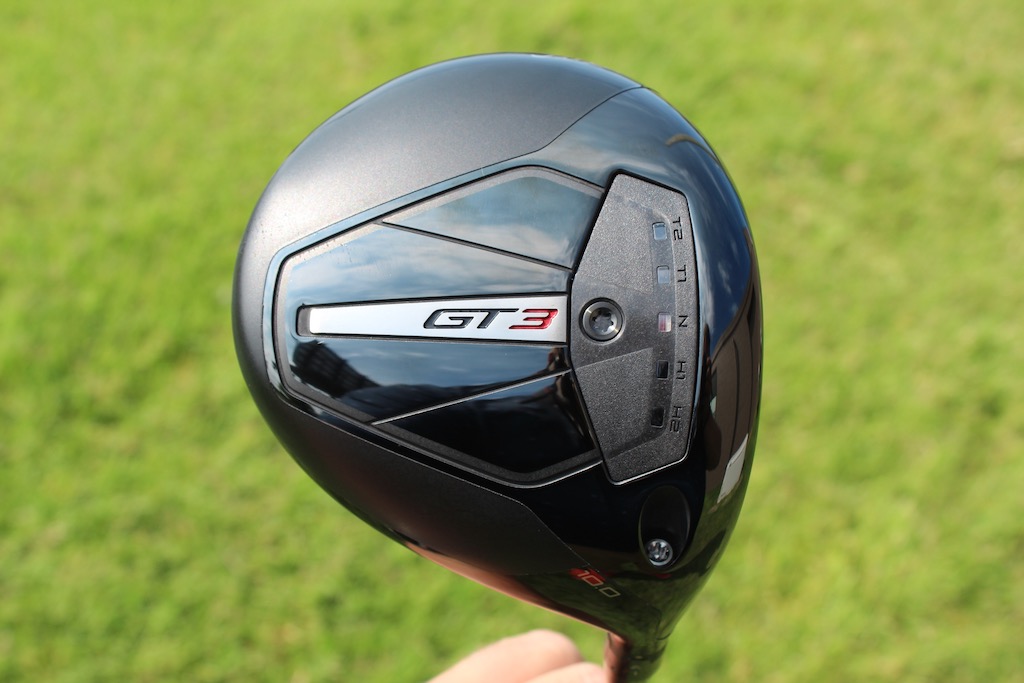
Titleist’s pitch: “The GT3 Driver offers Titleist’s boldest combination of power and personalization through adjustable performance. Dial in the CG Track to your frequent contact location to make your biggest drives even bigger while taking total control over flight and shaping.”
@mrmikeac: “I’ve been Anti-Titleist for years and years and years (outside of Vokey, of course). With that being said, HOLY BEGEEZUS the GT3 driver is an absolute NUCLEAR MONSTER! This thing blew my G430 10K Max out of the water in every single category. Forgiveness is the biggest thing that stands out of me, the 3 model has always been one of the less forgiving models in the past but this GT3 can take bad shot after bad shot and still end up in the fairway, I think a ton of that has to do with the adjustability, it’s actually effective. Feel and sound is perfect, that solid crack is so addicting to hear and when you hit it out the screws this thing can absolutely bomb it. Titleist, I’m sorry for doubting you. You have converted me.”
You can read what other golfers are saying about the driver in the GolfWRX forums, and see our launch piece here. Shop the Titleist GT3 here.
1. Titleist GT2: 22.91%
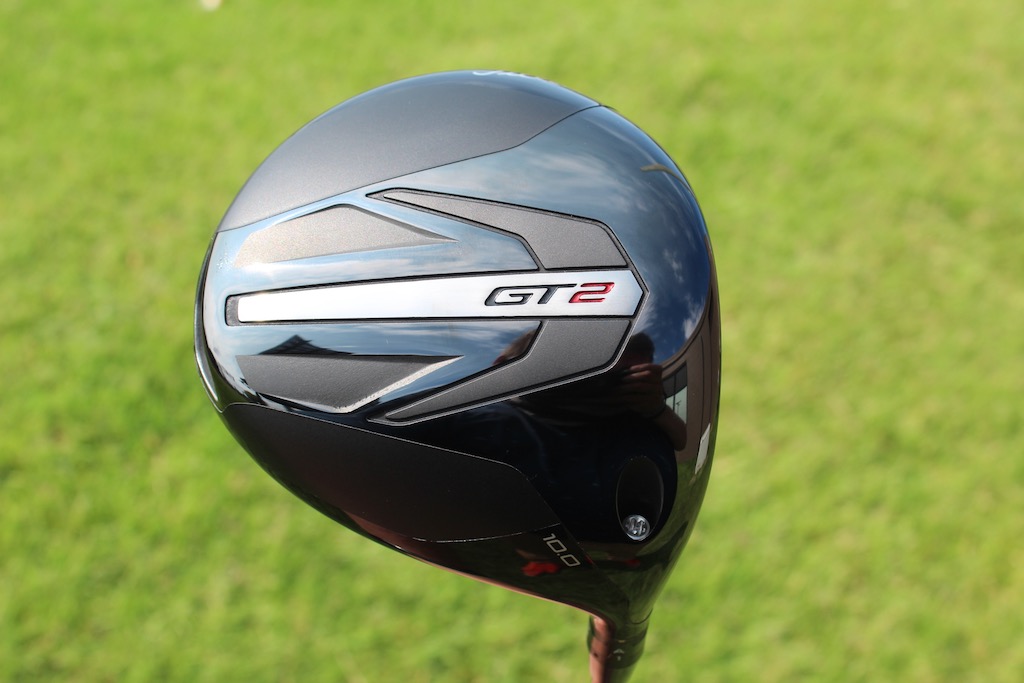
Titleist’s pitch: “Delivering impressive distance from any impact point, the Titleist GT2 Driver extracts maximum performance through a forgiving design. Get the stability and added confidence of a high-MOI driver without sacrificing speed.”
@DTorres: “The Titleist GT2 has proven to be the best driver of the year. Packaged in a classic profile, GT2 perfectly balances performance and forgiveness while consistently being a high performer across all categories.”
You can read what other golfers are saying about the driver in the GolfWRX forums, and see our launch piece here. Shop the Titleist GT2 here.
Other drivers receiving >2% of the vote
| Driver | Vote percentage (%) |
|---|---|
| Cobra DS Adapt Max K | 4.85% |
| Ping G430 Max 10K | 3.85% |
| Callaway Elyte Triple Diamond | 3.68% |
| TaylorMade Qi35 | 3.51% |
| Callaway Elyte | 3.18% |
| Cobra DS Adapt X | 2.34% |
| Cobra DS Adapt LS | 2.17% |
| TaylorMade Qi35 LS | 2.17% |
View this post on Instagram

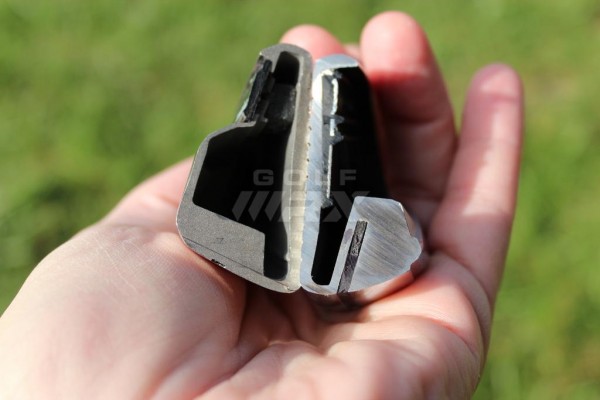




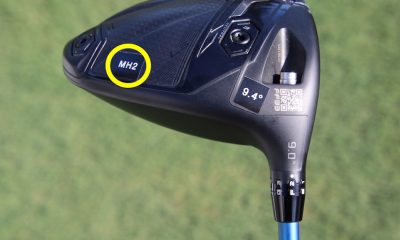



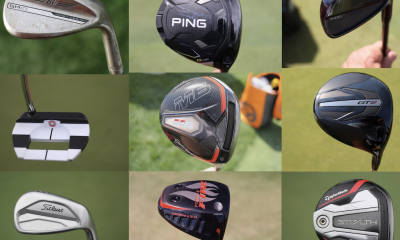

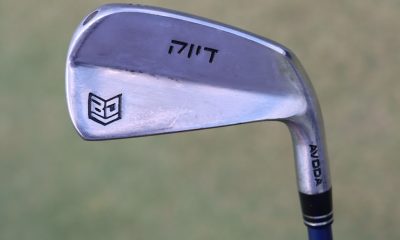

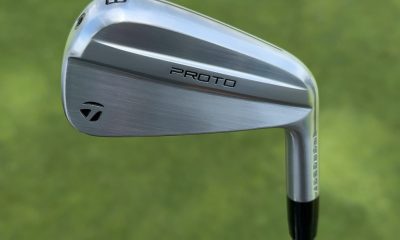

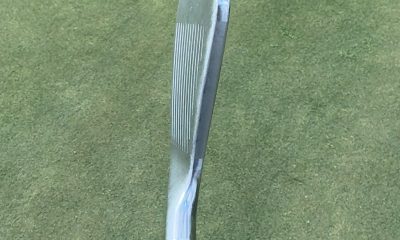









john
Jan 3, 2013 at 6:42 pm
Just received a flyer from my local golf store abot a pre-order for rocketbladez max irons. Speed slot is in all clubs from 4-AW. Anyone heard of this or seen the sceps?
rod
Jan 9, 2013 at 4:04 pm
just 3-7 iron for the slot.
Falcon
Dec 16, 2012 at 7:25 pm
was in Bangkok recently…accidentally got to shoot on a swing simulator…i normally hit my 7 iron 150 yards on average with my R11 irons with KBS 90 R…the fitter gave me a japanese manufactured forged cavity blade with a Miyazaki C. Kua shaft…first shot went 170 yards…i was dumbfounded…then hit a few more and similar result…then bought a set of Rocket Bladez and had the same miyazaki shafts installed..and now my buddies are utterly confused how on earth i manage to hit so much longer
paul
Nov 27, 2012 at 4:27 pm
I just tried these at my local golf shop and i didn’t find the distance to be a huge gain. maybe 1 club over my current Adams a1s but the ball took off a lot faster and higher. mishits low on the face were still very good. Distance control was very good. i hit my first 5-6 shots within 2 yards of each other. i don’t think these live up to the hype but i will buy a set when i can afford new clubs in a few months.
Jeff
Nov 24, 2012 at 3:23 am
I just tested the new rocketbladez against my i20s. Rocketbladezs launched 2 degrees higher, spun between 800 to 1200 rpm less had a 10 foot higher peak trajectory and had a 2 degree steeper descent angle comparing an i20 5 iron to a rocketbladez 6 iron both having similar lofts. Both were roughly the same max distance but my thin mishits were 50 percent closer to my max distance with rocketbladez. My i20 6 iron has 3.5 degrees more loft than rocketbladez 6 iron and the same peak trajectory but was about 12 yds shorter with about 1500rpm more spin. I would like to try the rocketbladez with a dynamic gold to see if it performs better than the rocket fuel shaft. Either way distance is increased with the .819 cor face but the distance consistency is what will sell this club to mid and low handicappers.
Pingback: GolfWRX.com – 2013 TaylorMade RocketBladez Tech Specs & Video | Golf Products Reviews
Lee
Nov 14, 2012 at 12:16 pm
Just love the 6 iron comparison chart on the TM website – 6.9 yards longer than Ping i20. Considering the RocketBlade has a loft of 26.5 and the Ping i20 30 degrees aren’t we comparing a 5 iron with a 6! Then of course where it matters the scoring clubs we get larger loft spacings to fit them in. I guess the good thing is you don’t need the 3 & 4 now as they really equal 2 & 3 and you can adjust the bottom of you’re bag accordingly.
Justin
Nov 15, 2012 at 1:34 pm
Lee, you are correct seeing the difference in lofts, but what I’ve heard is that even though it’s a lower loft the ball flys higher than say a pings 6 iron for example.
NG
Nov 15, 2012 at 8:54 pm
Agree. Lee, if you had of watched the video attached to this you would find that there are many variables to determine what loft you place on each iron…you can’t and can never just compare lofts! Why does someone hit a 12 degree driver further than a 10 degree…have a think about it buddy
paul
Nov 13, 2012 at 2:36 pm
“more longer”…
Christian
Nov 17, 2012 at 12:45 pm
Correction, it “makes makes them more longer”
stephen
Nov 13, 2012 at 11:41 am
Why would you launch a product that can’t be bought for 3 months? I would like to try the tour version but would normally have my next seasons equipment in the bag over the winter to get used to it.
chris
Nov 15, 2012 at 11:54 am
Steven … I agree with you completely. I do a Super Bowl trip to Vegas end of January/early February and almost always the new stuff comes out a week later. Why not release before the holidays and take advantage of the buying season? Idiots….
Al
Nov 17, 2012 at 2:28 pm
Another expert with insults and all of the answers. Just maybe these companies pay a bunch of people a bunch of money to do their marketing analysis and it has been determined that holiday releases do not have maximum effect on sales. They likely have determined that the lemmings will fall for the marketing hype at another time of year and make their annual game-changing purchase.